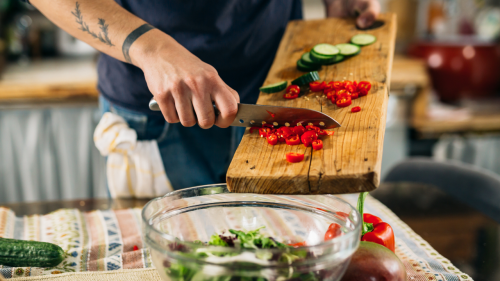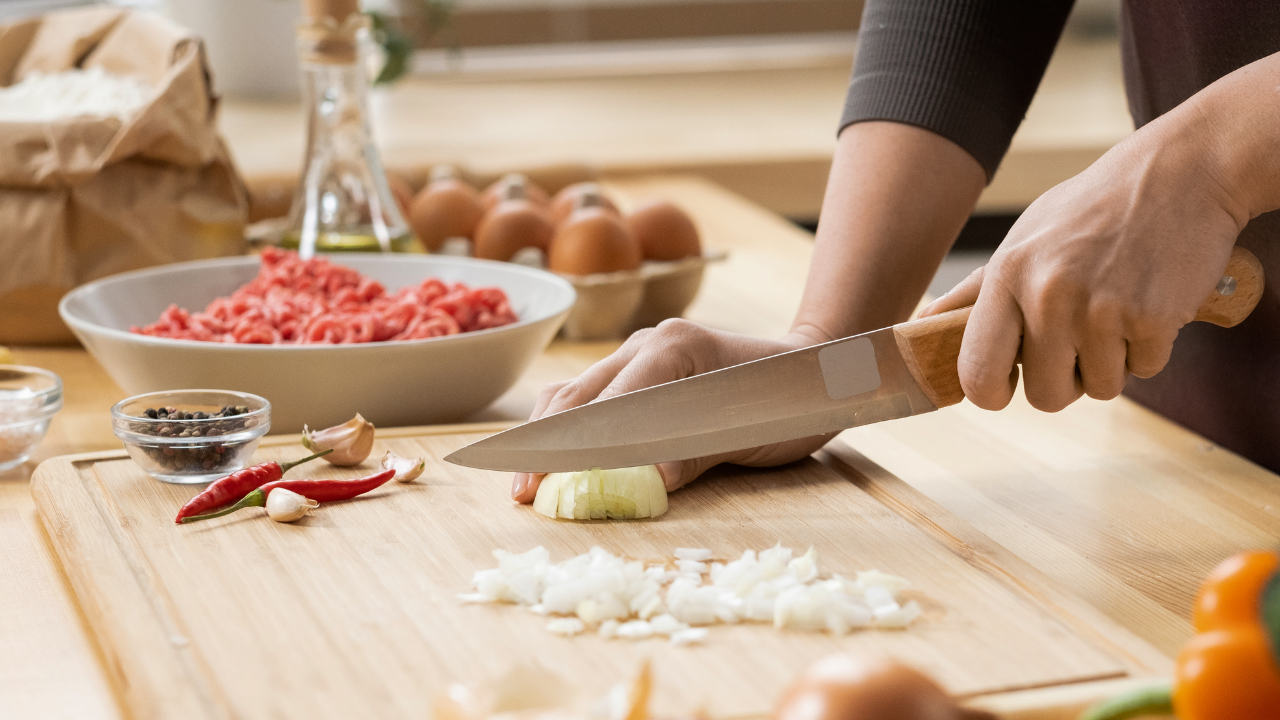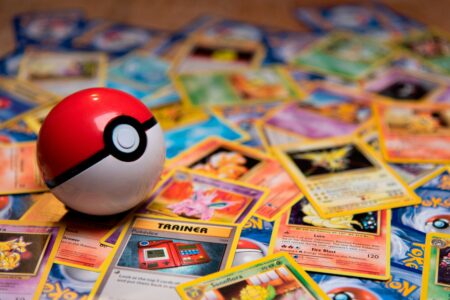Kitchen knives are essential tools for preparing ingredients when cooking. But knives can also be dangerous if not used properly.
As a beginner learning to use kitchen knives, it’s important to learn basic knife skills and safety tips to avoid injuries. This guide will walk you through everything you need to know.
Getting Started with Kitchen Knives
When starting out, don’t feel like you need to buy a huge set of knives. A basic set of just 3-4 knives will be enough to handle most kitchen tasks as a beginner:
-
Chef’s knife – This versatile option works well for chopping, slicing, and mincing. A blade between 8 to 10 inches is a good size.
-
Paring knife – Great for tasks requiring more precision like peeling fruits and vegetables. The small 3 to 4-inch blade gives you more control.
-
Serrated knife – Essential for cutting soft foods like bread, tomatoes, and citrus fruits with its teeth-like blades. Aim for around 10 inches.
-
(Optional) Boning knife – If you’ll be cutting your own meat or fish, a thin yet rigid 5 to 6-inch boning knife helps remove bones and skin.
You may also find a sharpening steel helpful for maintaining your knives’ edges between sharpenings.
Once you’ve selected suitable beginner-friendly knives, getting the right cutting board is also key. Harder surfaces like wood or plastic are better than glass or marble for preventing knife damage. Plus, durable boards won’t move around as you chop.
Finally, storage is important for both safety and blade care. Look for a knife block, sheaths, or a magnetic strip to keep your knives accessible but secure. Never toss them loose in a utensil drawer.
With the essential gear ready, it’s time to start practicing using your knives correctly!
Mastering Proper Knife Handling
The first step to handling kitchen knives properly is getting comfortable with how to grip them. The generally recommended technique is called the “pinch grip.”
To use the pinch grip, grasp the upper handle firmly with your dominant hand. With your non-dominant hand, pinch the base of the blade between your thumb and forefinger. Keeping your fingertips braced along the top edge of the blade, use curled knuckles as a guard. Lock your wrists as well so the knife moves as an extension of your arm versus just your hands.
This grip keeps your hands in the position least likely to get cut. The non-knife hand guides the food you’re cutting while preventing slipping. And the knife hand gives you stability and control as you slice.
Once you can reliably hold a kitchen knife this way, focus on maintaining proper stance and body positioning too:
-
Stand with your feet shoulder-width apart facing your cutting board for balance
-
Slightly bend your knees to avoid fatigue
-
Keep your non-knife hand curled and knuckles against the board so your fingertips act as a protective barrier
-
Hold food items with “claw” placement of fingers for extra stability
Proper foot placement paired with an athletic stance gives you stability. The potential motions of cutting engage your arm, shoulder and core muscles rather than solely relying on hands and wrists. Combined with the secure pinch grip on your knife, maintaining this full-body form sets you up for controlled usage.
It can feel unnatural at first. But with practice holding this stance preemptively before you begin chopping each item, it’ll quickly become second nature to you. And in so doing, will make things safer for you.
Cutting Safely
You’ll gain skill and confidence rapidly once you get comfortable with properly holding kitchen knives. But never overlook the basics of safety.
Follow these dos and don’ts whenever your knives come out:
-
DO go slow until knife handling feels natural
-
DO make sure your cutting board is secure
-
DO cut away from your body
-
DO keep knife tips pointed down when not actively cutting
-
DO be mindful of clutter around your workspace
-
DON’T try catching dropped knives
-
DON’T leave knives soaking in sinks full of water
-
DON’T attempt rushed, risky, or distracted slicing
Additionally, remove rings and bracelets before cutting to prevent accidents. Tie back long hair too.
When using kitchen knives, fully focus on the task at hand. Don’t try multitasking. And if you ever feel tired, frustrated or hurried – stop! Take a break before continuing. No chopped ingredients are worth a trip to the ER.
Finally, knives should be the last implement you grab with messy hands. Thoroughly wash, rinse and dry your hands before picking up any blade. This ensures you maintain a controlled grip without slippery substances causing the knife to twist or slip.

Improving Chopping Skills for Enhanced Safety
Master the following chopping skills. Doing so will reduce the chances of accidents and injuries in the kitchen.
The Slice
-
Use gentle, controlled, straight up-and-down slices rather than forceful sawing
-
Make initial tip contact with the produce then gradually use more blade
-
Ensure your guiding (non-knife) hand stays safely out of the way
The Cross Slice
-
Arrange food in even layers, creating uniform size and shape
-
Use a broad knife surface for efficient cuts
-
Keep food stationary with a fork or non-knife hand
The Dice
-
Create cross-slice layers as above
-
Then make second slices perpendicular to the first
-
Pieces split into uniform cubes
The Minces/Chops
-
Use a rocking, tap-tap-tap rhythm for precision
-
Keep food anchored in place
-
Create very small, evenly sized pieces
Aim for consistency in your slice widths and cube sizes. Realize some foods like onions can require adjustments mid-chop as inner layers differ. But overall even pieces cook most evenly!
As your fundamental chopping improves, don’t be afraid to add flair. Tosses, bumps, and levering against the knife edge can speed up repetitive cuts. But only attempt advanced techniques once you have mastered the basic techniques.
Maintaining Your Knives
Investing in quality kitchen knives means properly caring for them as well. This will help them last longer. It will also make it easier and safer to use them.
Follow this ABC guide:
Always Clean
-
Wash, rinse and dry knives after each use by hand or dishwasher
-
Don’t let foods dry on blade surfaces
Beware Storage Mistakes
-
Never stack loose knives together
-
Store separately or use protective sheaths
-
Ensure blades avoid other silverware contact
Continual Sharpening
-
Use sharpening steels weekly for maintenance
-
Seek professional sharpening services annually
-
Restore knives whenever edges seem dull
Additionally, avoid using kitchen knives improperly in ways that lead to damage. Never try prying with them. Don’t swap your chef’s knife out to open packaging, hack at bones or chop directly on hard surfaces.
With regular honing and expert sharpening, quality kitchen knives should last for decades! So buy the best set you can afford and care for them accordingly.
Choosing the Safest Cutting Motions
We’ve covered securing your tools, perfecting posture/grips and treating cuts. But choosing cutting styles smartly also prevents accidents!
These motions tend to injure non-knife hands most frequently:
-
Pull/drag cuts towards your body
-
Short, jerky, repetitive chops
-
Awkward angles without board stability
-
Rushed, distracting multitasking
By comparison, extended slices or diagonal downward cuts give you the most control.
Here are some safer suggestions:
-
Cut larger produce in half first, creating a broad flat surface to rest evenly against the board. Then make slices!
-
Trim off awkward rounded ends/tips before chopping anything cylindrical like carrots or celery.
-
Use your wisest judgment in deciding which foods to hold in hand versus keeping stationary on a board while slicing.
-
When uncertainty strikes, revert back to careful slices rather than risky, failed attempts at speed.
Trust your gut when evaluating comfortable techniques too! If a motion feels dangerous or unstable, choose an alternate approach. And don’t be afraid to ask someone to demonstrate better options as well.





